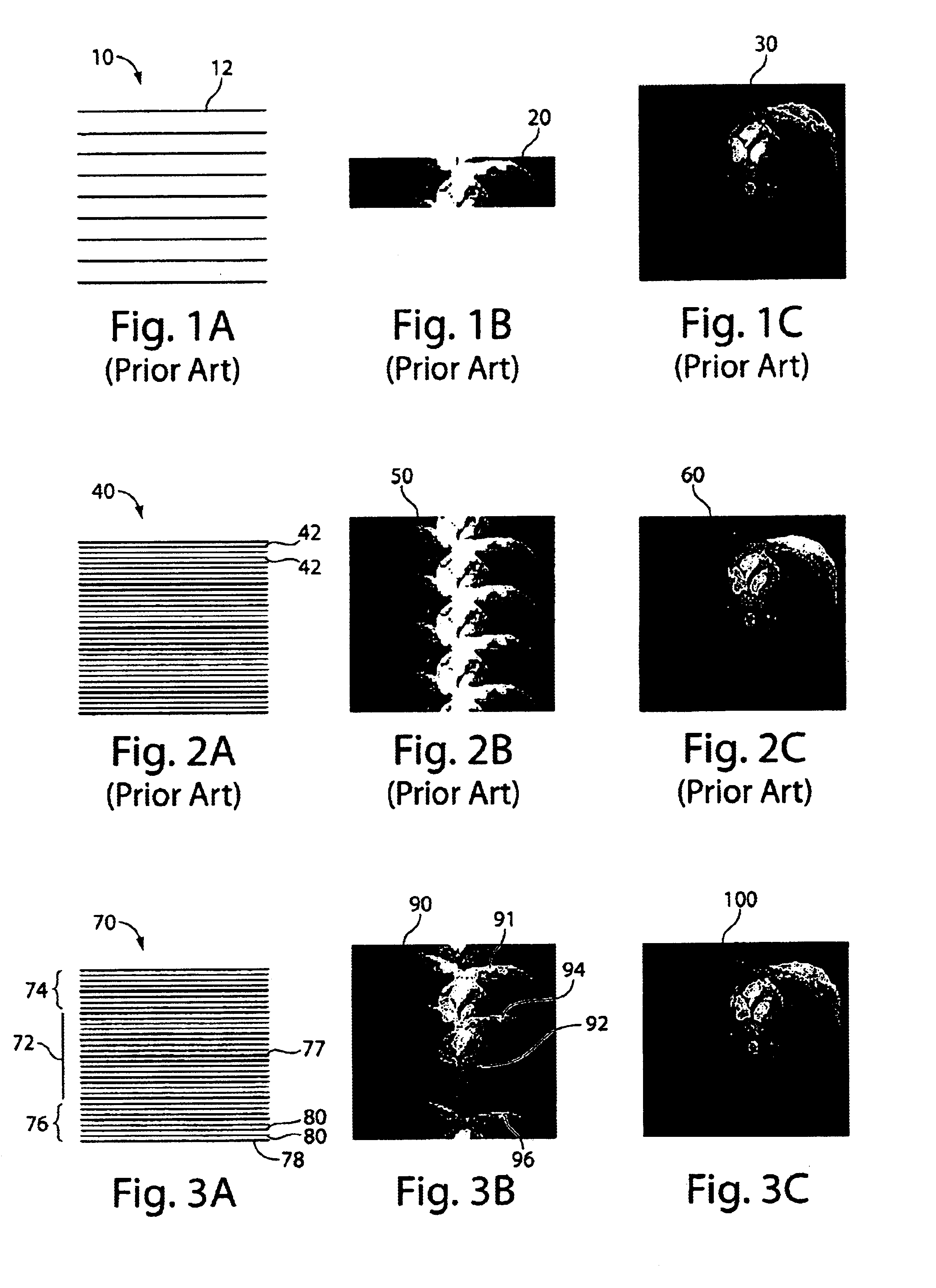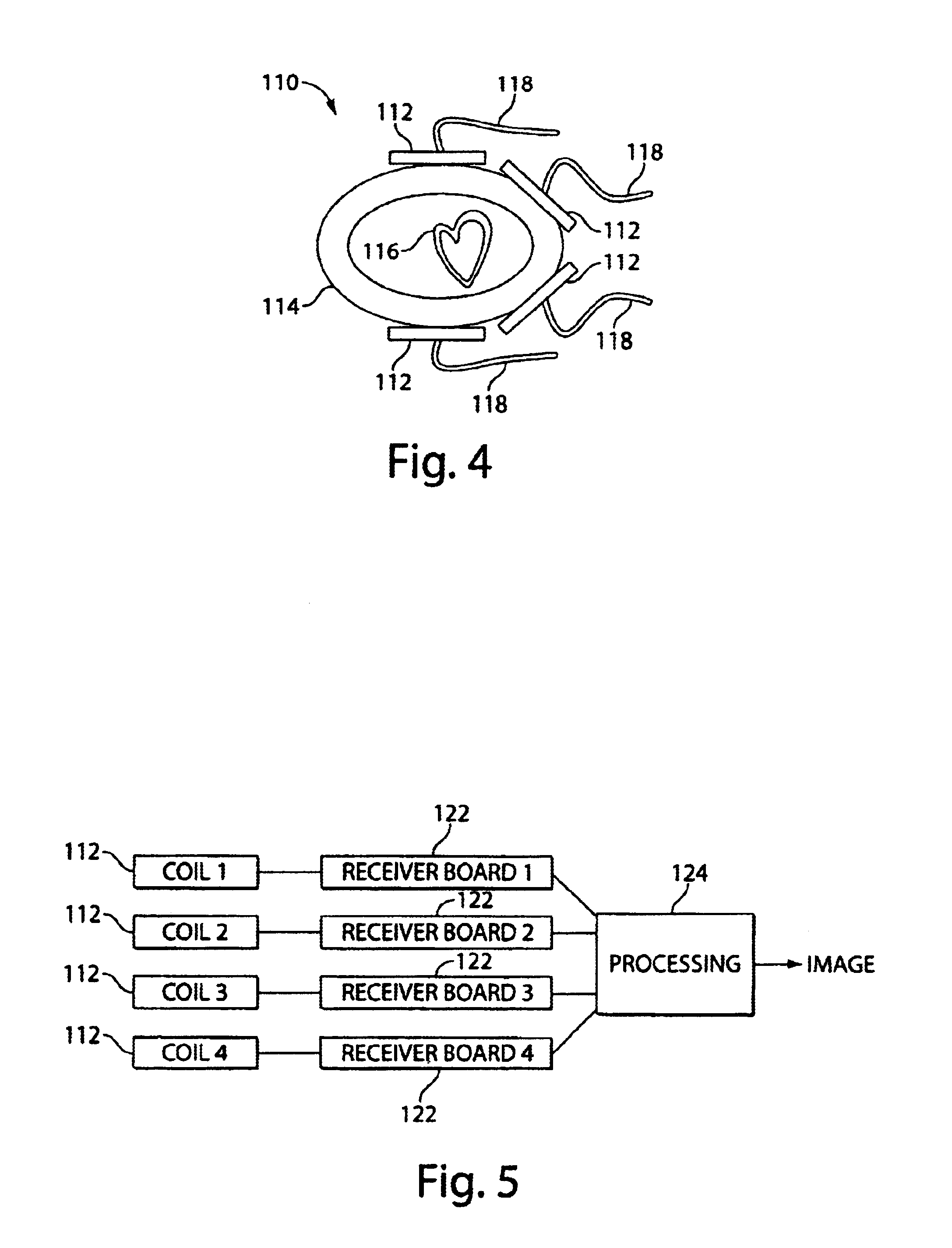Variable-density parallel magnetic resonance imaging
a magnetic resonance imaging and variable density technology, applied in the field of reconstruction methods for mri data acquired using non-cartesian sampling and parallel imaging, can solve the problem of limited cartesian sense, achieve fast processing speed, avoid possible errors, and facilitate implementation
- Summary
- Abstract
- Description
- Claims
- Application Information
AI Technical Summary
Benefits of technology
Problems solved by technology
Method used
Image
Examples
Embodiment Construction
[0023]Embodiments of the invention provide a method for modifying the MR reconstruction technique of Cartesian SENSE such that it can accommodate a sampling strategy that departs from a purely rectangular grid and allows for MR data reconstruction with a relatively low number of calculations. Near-Cartesian data sampling can be performed in conjunction with parallel processing of acquired data. The near-Cartesian sampling departs from pure Cartesian sampling, although more general methods such as SPACERIP and GRAPPA can handle more drastic departures from Cartesian sampling. Data are more densely sampled near a center of k-space than away from the k-space center, and receiver-coil sensitivity is measured “on the fly” during data acquisition to provide a self-calibrating system.
[0024]For purpose of illustration, the invention will now be described with reference to FIGS. 3A-3C, in which a method for reconstructing MR image data is shown. FIG. 3A shows an exemplary sampling method 70 ...
PUM
 Login to View More
Login to View More Abstract
Description
Claims
Application Information
 Login to View More
Login to View More - R&D
- Intellectual Property
- Life Sciences
- Materials
- Tech Scout
- Unparalleled Data Quality
- Higher Quality Content
- 60% Fewer Hallucinations
Browse by: Latest US Patents, China's latest patents, Technical Efficacy Thesaurus, Application Domain, Technology Topic, Popular Technical Reports.
© 2025 PatSnap. All rights reserved.Legal|Privacy policy|Modern Slavery Act Transparency Statement|Sitemap|About US| Contact US: help@patsnap.com



